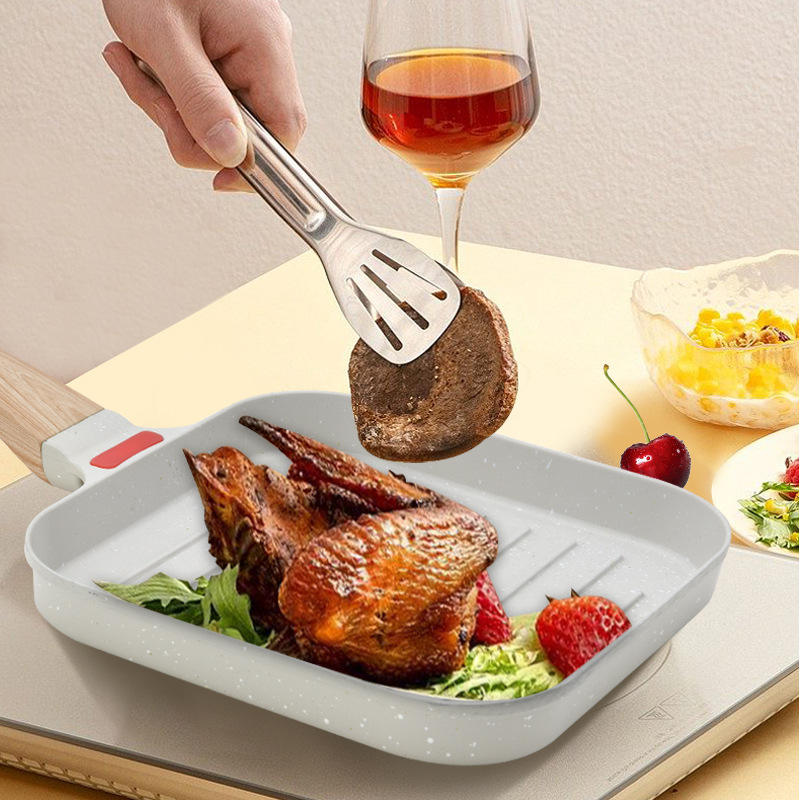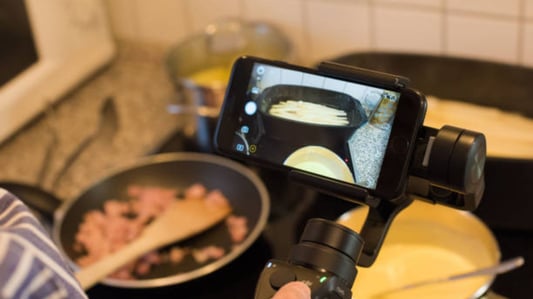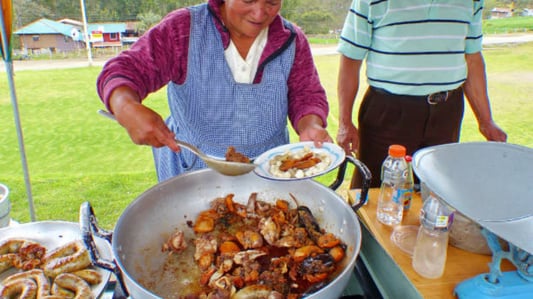How to use an electric cooking pot?: A Comprehensive GuideIntroduction:Electric cooking pots have revolutionized the way we cook, providing convenience, versatility, and efficiency in the kitchen. Whether you are a novice cook or an experienced chef, mastering the art of using an electric cooking pot can greatly enhance your culinary skills. In this comprehensive guide, we will walk you through the various aspects of using an electric cooking pot, from understanding its features to exploring different cooking techniques. So, let's dive in and discover the wonders of this modern kitchen appliance!1. Understanding the Basics of an electric cooking potBefore we delve into the details, let's start with the basics. An electric cooking pot, also known as an electric pressure cooker or multi-cooker, is a countertop appliance that combines the functions of a pressure cooker, slow cooker, rice cooker, steamer, and more. It utilizes electricity to generate heat and pressure, allowing for faster cooking times and the retention of nutrients in the food.2. Familiarizing Yourself with the ComponentsTo effectively use an electric cooking pot, it's essential to familiarize yourself with its components. The main parts of the appliance include the cooking pot, lid, control panel, pressure release valve, steam release handle, and various cooking presets. Each component plays a crucial role in ensuring safe and efficient cooking.3. Operating the Control Panel of an electric cooking potThe control panel of an electric cooking pot is your gateway to a world of culinary possibilities. It allows you to select cooking functions, adjust cooking time and temperature, and monitor the progress of your dish. Understanding how to navigate the control panel and make the most of its features will empower you to unleash your creativity in the kitchen.4. Mastering Essential Cooking TechniquesNow that you are acquainted with the components and operation of an electric cooking pot, it's time to dive into the various cooking techniques you can explore. From pressure cooking and slow cooking to sautéing and steaming, each technique offers unique benefits and can be utilized to prepare a wide range of delicious meals.5. Adapting Recipes for an Electric Cooking PotIf you are a fan of traditional stovetop recipes, fret not! You can easily adapt your favorite recipes for use in an electric cooking pot. Understanding the slight modifications required and knowing the cooking time adjustments will ensure your dishes turn out perfectly every time.6. Safety Precautions to FollowAs with any kitchen appliance, safety should be a top priority when using an electric cooking pot. Familiarize yourself with the safety features of your specific model and follow the manufacturer's instructions diligently. Some essential safety tips include ensuring proper ventilation, avoiding overfilling the pot, and releasing pressure carefully.7. Cleaning and MaintenanceProper cleaning and maintenance are key to prolonging the lifespan of your electric cooking pot. Most models come with removable parts that are dishwasher safe, making cleaning a breeze. Regular maintenance, such as descaling and inspecting the sealing ring, will ensure optimal performance and prevent any unwanted issues.8. Troubleshooting Common IssuesWhile electric cooking pots are designed to be user-friendly, occasional issues may arise. Understanding common problems, such as error codes or steam leakage, will empower you to troubleshoot and resolve them effectively. Additionally, referring to the user manual or contacting customer support can provide valuable guidance.9. Exploring Creative Recipe IdeasUsing an electric cooking pot opens up a world of culinary possibilities. Experiment with a variety of dishes, from hearty stews and flavorful curries to mouthwatering desserts. Don't be afraid to get creative and try new ingredients and flavor combinations – the results might pleasantly surprise you!10. ConclusionAs we conclude this comprehensive guide on how to use an electric cooking pot, we hope you feel empowered to make the most of this versatile kitchen appliance. By understanding its components, mastering various cooking techniques, and following safety precautions, you can create delicious meals with ease and efficiency. So, go ahead and embark on your culinary journey with confidence!Quote InquiryContact us!










